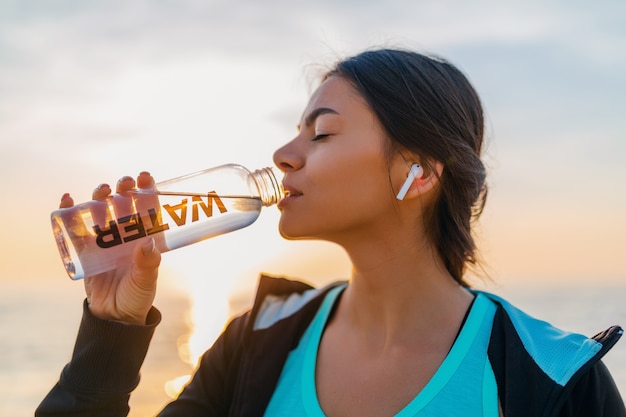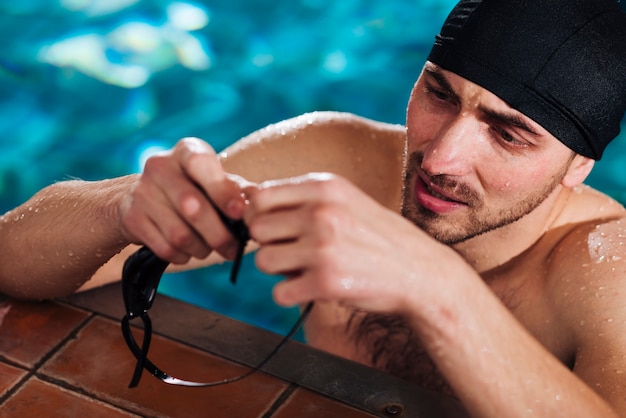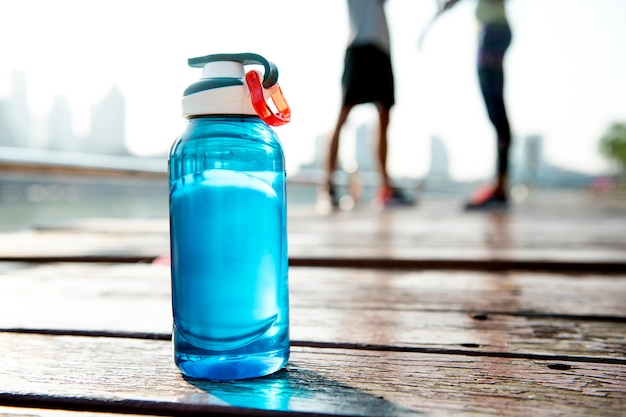For runners, hydration isn’t just about quenching thirst—it’s a performance cornerstone. Whether you're logging morning miles or training for a marathon, staying properly hydrated can mean the difference between a strong finish and hitting the wall. Yet, many runners overlook hydration until it’s too late. The good news? With a few time-efficient strategies, you can optimize your fluid intake, maintain consistency, and see measurable improvements in your running performance.
Here are 7 science-backed, runner-tested hydration tips designed to help you start fast, stay consistent, and measure results week after week.
Hydration begins long before your first stride. Starting your run already dehydrated puts you at an immediate disadvantage. Even mild dehydration (as little as 2% body weight loss) can impair endurance, increase perceived effort, and reduce focus.
To start hydrated, drink 16–20 oz (about 500 ml) of water upon waking. This kickstarts your system and helps replenish fluids lost overnight. Add a pinch of electrolyte mix if you’re training hard or in hot conditions.

Timing matters. Instead of chugging water right before your run—which can lead to discomfort—hydrate 60–90 minutes prior. This gives your body time to absorb fluids and eliminate excess, reducing bathroom stops mid-run.
Aim for 8–12 oz (240–350 ml) of water during this window. If your run exceeds 60 minutes or conditions are hot, consider an electrolyte-enhanced drink to support sodium balance.
One-size-fits-all hydration advice doesn’t work. Your sweat rate, body size, climate, and workout intensity all influence your needs. A personalized approach ensures you’re neither under- nor over-hydrating.
To estimate your sweat rate:
Repeat this test weekly under different conditions to refine your plan.
For runs over 5 miles or in hot weather, carrying water is essential. But bulky bottles or awkward packs can distract from your form.
Invest in a lightweight hydration vest, handheld bottle, or belt that fits your stride. Choose options with easy-access pockets for gels or electrolyte tablets. Many runners prefer hands-free vests with front-mounted flasks for quick sipping without breaking rhythm.

Chugging large amounts of water at once can lead to bloating, side stitches, or even hyponatremia—a dangerous condition caused by low blood sodium.
Instead, take small sips every 15–20 minutes during long runs. Aim for 4–6 oz (120–180 ml) at a time. This steady intake maintains fluid balance without overwhelming your system.
Water alone isn’t always enough after a sweaty session. You lose sodium, potassium, and magnesium through sweat—key electrolytes that support muscle function and fluid retention.
Within 30 minutes of finishing your run, drink a recovery beverage with electrolytes and a small amount of carbohydrates. This speeds rehydration and supports recovery. Look for low-sugar options with balanced sodium (300–500 mg per liter).
Consistency thrives on accountability. Use a simple weekly hydration log to track:
Over time, patterns will emerge. You’ll notice how proper hydration correlates with faster splits, fewer cramps, and quicker recovery. Adjust your plan weekly based on weather, training load, and personal feedback.
Hydration is a simple yet powerful lever for improving running performance. By starting your day hydrated, timing intake wisely, personalizing your plan, and tracking progress weekly, you gain a sustainable edge.
Remember: hydration isn’t a one-time fix—it’s a daily habit. Small, consistent actions compound into big results. So grab your bottle, refine your routine, and run stronger, one sip at a time.

Fitness

Fitness

Fitness

Fitness

Wellness

Fitness

Fitness

Fitness

Fitness

Wellness

Fitness

Fitness

Health

Fitness

Health

Health